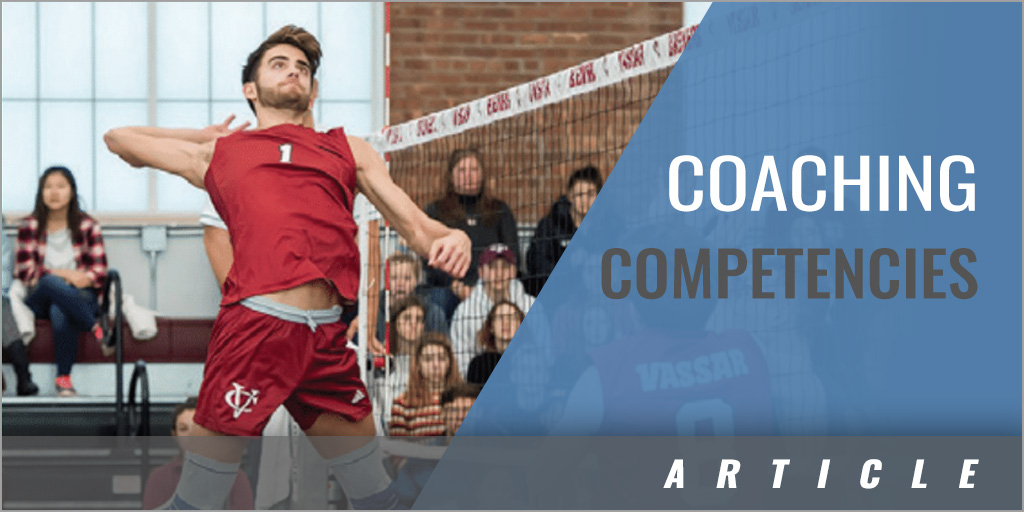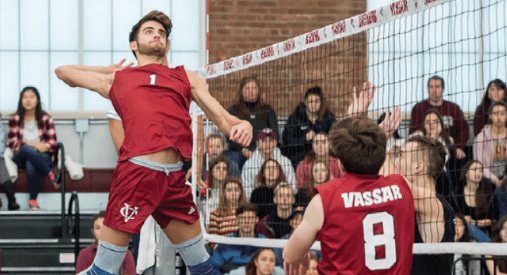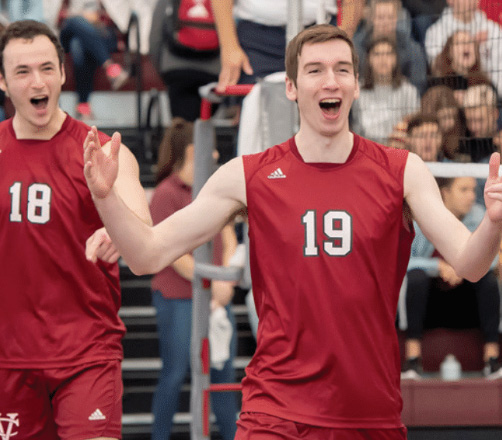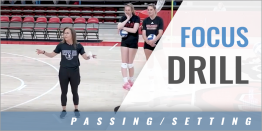|
By: Richard Gary - Vassar Men's Volleyball Originally Published in: Coaching Volleyball Copyright and Provided by: American Volleyball Coaches Association There seem to be as many models for successful coaching as there are successful programs. There are coaches with great personalities, who light up a room and inspire with every word. Others are more focused and aloof, even introverted. Some appear to be true technicians, breaking down every movement, while others are motivators, driving outcomes and not getting caught up in the small stuff Strategists and generals in one gym, hands-off sweethearts in another. No matter the approach, their teams have enough players performing at or near the top of their potential and the level of their competition to consistently win. With all of this variety at the top, how can a coach determine the most useful habits, processes and systems to cultivate in order to build and sustain success? A small digression...I believe the worst advice, advice that is offered in every coaching talk, is "be yourself." If the coaches offering this were being specific, I think the advice translates to a warning not to model everything you do on another coach. But even this can be frustrating for a new coach because our models for coaching are the biggest resource we've got, and while it's true that we can't just cut and paste another coach's being into our gym, there are so many important things we should be taking from them, and "be yourself" just ignores this.
Kevin Hambly once said that he was a very aggressive player, and that he had to learn a different way of interacting during competition when he became a coach. His behaviors, born out of "being himself" were freaking out his players. Karch Kiraly's playing personality would be nearly unrecognizable to the U.S. Women he now coaches. The fact is that those coaches cultivated new habits, fought tendencies, resisted temptations and avoided "being themselves" in significant ways. They saw others doing something different and said "that's what I'm going to have to do to get where I wanna go." The point is, we need to look at other successful programs and incorporate every winning facet we can in order to build and sustain success. The closest version of "be yourself" that should be said is "be the absolute best version of yourself, knowing that you're a flawed being, that `you' will need to change, grow and improve, and that through focused growth and self-awareness you can make big strides in guiding a program." Hopefully we can agree, therefore, that there's value in picking and choosing the competencies and habits of successful programs. Another common piece of coaching advice is to "steal everything." This idea fits more into a model of change and growth, and it offers us an opportunity to start building a model of the areas we should identify to plunder. A winning coach may drink vanilla lattes, but that may or may not lead to success. However, if that coach gets a latte with a player and chats about their goals every pre-season, there may be some helpful behavior to model. In attempting to identify the areas we should be plundering, let's try to build a model of a successful program, and from this framework we can start filling in the valuable next questions: "How am I creating this competency?" and "If I'm not creating this competency, what can I do about it?" At its most simple, there are four outcomes that reflect sustained success. The following outline offers each and suggests key competencies to explore in creating them.
1. Enough individual players PHYSICALLY perform at the top of their level
2. Enough individual players MENTALLY perform at the top of their level
3. Enough individual players have enough SKILL to perform at the top of their level
4. Individual players TACTICALLY perform at the top of their level
Within each of these four pillars there are some commonalities, some strategies that overlap and can be refined into core competencies that every program must address. There may be a million ways to execute these competencies, but the goal here is to identify them and ask how your program works to achieves them. Recruiting (the common thread in all 4 pillars)
Training
Game management
Player management
Staff management
Logistics management
Tactics developed
Extra mile development
Strength and conditioning
Health management
Going through this list, a self-aware coach is going to recognize one unavoidable fact: No single person can be great at all of this. How we prioritize each competency and grow, hire, recruit and push our administration to fill in the gaps can often be the difference in sustaining success. There's always work to be done! Photos courtesy of Vassar Men's Volleyball |













